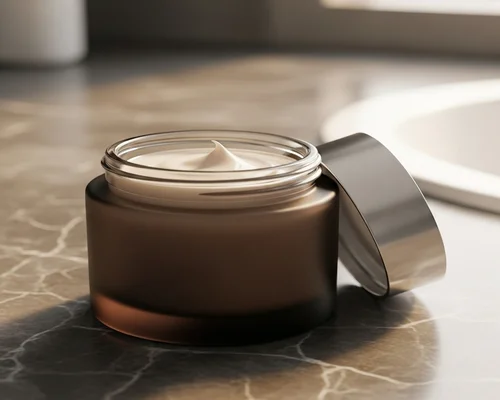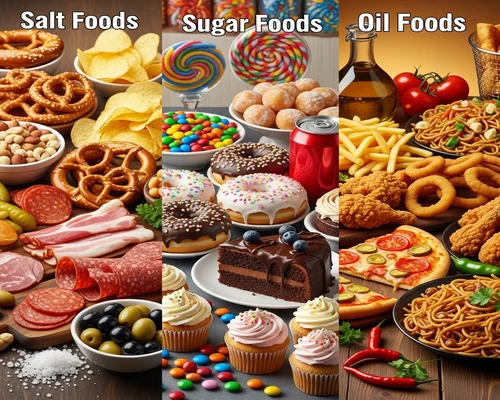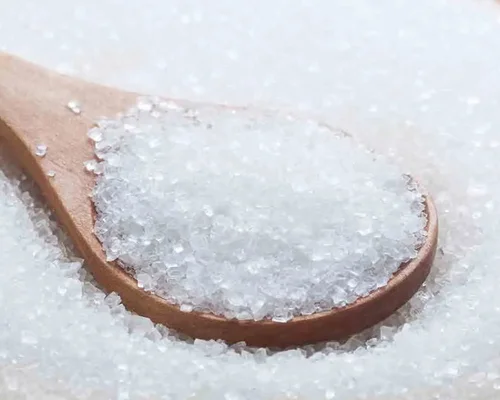
Different Types of Skin Care
Before taking care of different skin types, you need to know about the structure and types of skin. Let us first discuss the structure of the skin:
The skin consists of three layers. The upper layer is called the epidermis - a thin layer. It does not contain any blood cells, nerves or nerve cells. Skin problems are more common on the surface of the epidermis. Inadequate cleansing of the skin after applying makeup, or using too rough a procedure to clean the skin, can lead to cracked skin and in both cases can lead to skin infections. The skin contains a type of cell called melanin, which helps the skin to darken under the influence of the sun ultraviolet rays and protects the living skin cells from sun damage. New cells form at the base of the epidermis and receive nutrients from the dermis layer below this layer. When this supply of nutrients is disrupted for any reason, healthy skin cells do not form and the skin becomes lifeless and lifeless.
The second layer of skin is the dermis. This layer is made up of fibrous tissue, sebaceous glands and hair follicles, blood vessels and nervous system. Fibrous tissue is made up of collagen and elastin proteins. When the skin is mature, these proteins begin to harden. The result is wrinkles on the skin.
The sebaceous glands are located at the base of the hair follicles and supply oil to the skin through invisible tiny hairs. This oil is slightly acidic and this acid mantle protects the skin a lot from germs. The amount and location of the oil is determined according to the nature of the skin.
The blood vessels of the skin are also responsible for changing the color of the skin. Heat and passion dilate blood vessels and make the skin reddish. On the other hand, cold and shock constrict the blood vessels and the skin looks white. When the dilated blood vessels are no longer able to constrict, the tiny vein-like veins float to the surface of the skin. The nervous system of the dermis is affected by temperature, touch, and pain. So be alert to skin warning signals. Then you can be free from many skin problems.
Beneath the dermis is a layer of fat, the position of which reveals the appearance of the skin. If the amount of excess fat or water in the skin is more than normal, the skin becomes uneven and swollen. Again, even if the body suddenly loses weight, the skin looks bad. Such stretched skin becomes loose. This is the nature of the skin. Now the expression of your beauty and well-being will depend on how much you know your skin, how much proper care has been taken and the quality of the cosmetics used. Lets get acquainted with the various natural problems of the skin and find out the solution by revealing the causes.
The first problem is dry skin: Dry skin features: Dry skin will feel rough and paper when touched. This type of skin is very thin, easily wrinkled and if not taken care of properly, it will age prematurely. Adverse weather causes more damage to dry skin and changes in temperature also cause skin changes. When you apply makeup on your skin and apply face powder, it looks like flour.
How to take care of dry skin: (1) Always use cream or oily cleanser or cleanser or mild skin milk.
(2) Use less soap and water, as these increase the dryness of the skin.
(3) Apply cleanser smoothly on face and neck and clean with tissue.
(4) Apply a mild skin tonic on a cotton pad soaked in cold water. This will maintain tightness in the skin and increase blood flow to the skin.
(5) Use oily face mask once a week.
(6) After cleansing the face with cleanser cream at night, use nourishing cream. Massage the cream and remove the excess cream after 15 minutes. Because during this time your skin will absorb all the moisture.
(7) Apply moisturizing cream and wait a few minutes before using makeup or sunscreen during the day.
Characteristics of oily skin: Oily skin is radiant and structurally thick. The pores of the skin are large. As well as acne blackheads and rarely sores on the skin of the face. Makeup does not last well, there is a tendency to turn yellow when applying foundation.
How to take care of oily skin:
(1) For oily skin, it is necessary to clean the skin thoroughly and regularly. For oily skin care, use cosmetics that allow you to gently cleanse your skin of excess oil and open the pores. For oily skin, it is essential to have a drink that keeps the skin soft.
(2) Use astringent cleansing milk with cotton.
(3) If you have large pores on your skin or acne blackheads, use exfoliating cream or compress sponge twice a week.
(4) Use a light astringent before applying makeup.
(5) Use grease-free creams and lotions.
(6) Apply light moisturizing cream at night after overall cleansing and toning.
Characteristics of Mixed Skin: Mixed skin means that part of the face such as the cheeks is dry, on the other hand the center part of the face is bright and the pores are exposed. Occasionally your skin may feel rough. Sensitive to dry areas, sunlight, wind, rough soap, etc., on the other hand, if you apply makeup on oily areas, it will fade quickly.
Mixed skin care: Mixed skin care is a little difficult, because this type of skin has both dry and oily parts.
----------
Tags: skin care, skin care routine, oily skin, dry skin, how to find your skin type, types of skin, skin care tips, skin type, how to determine your skin type, how to know your skin type, sensitive skin, skin types, combination skin, how to know skin type, how to take care of skin, how to get clear skin, how to take care of skin in winter, how to take care of sensitive skin, how to take care of dry skin, how to take care of oily skin, how to take care of baby skin



























